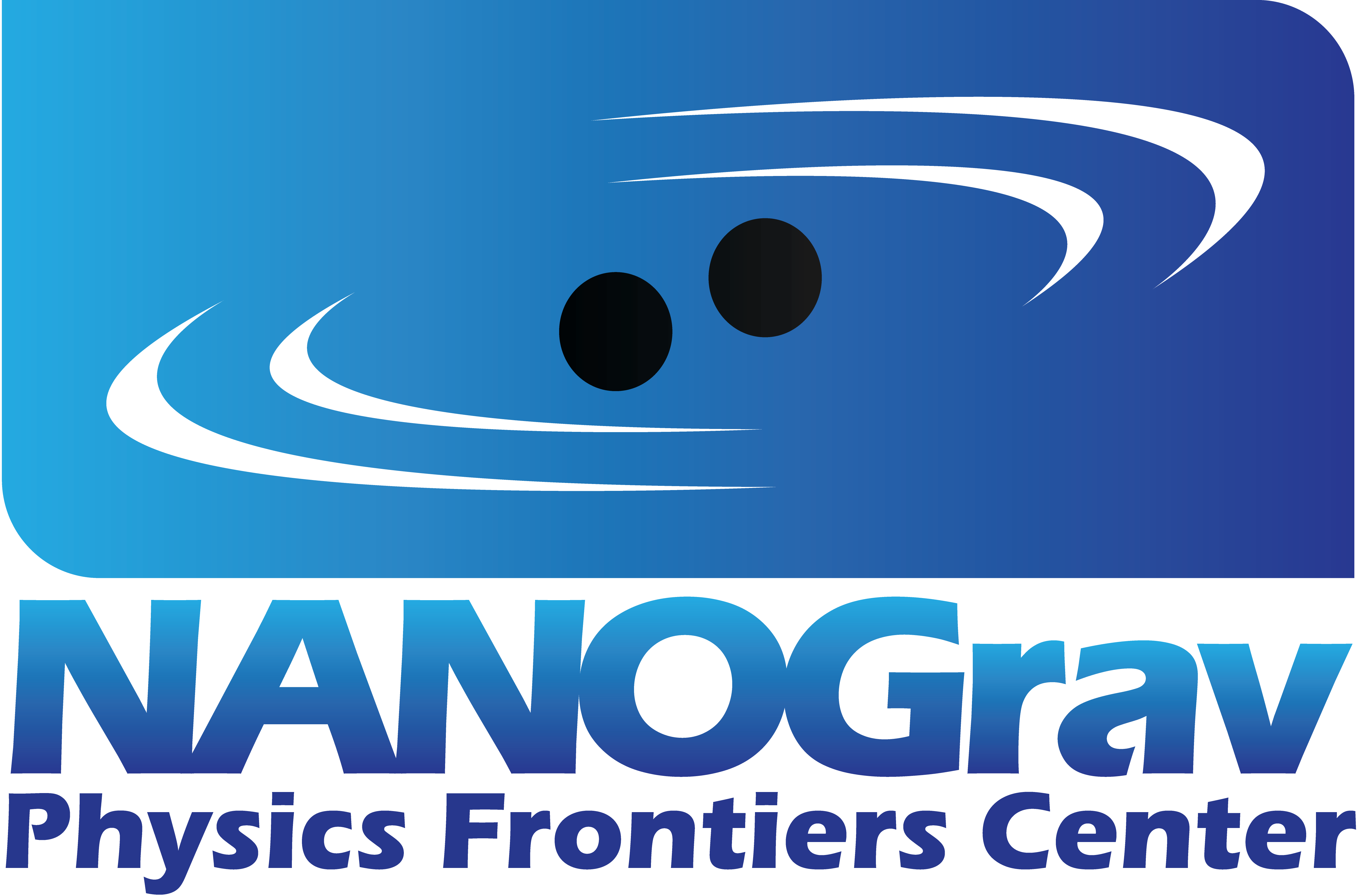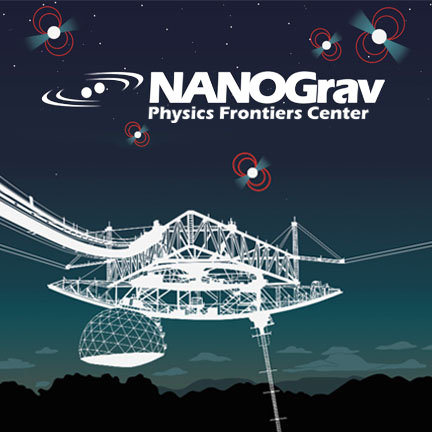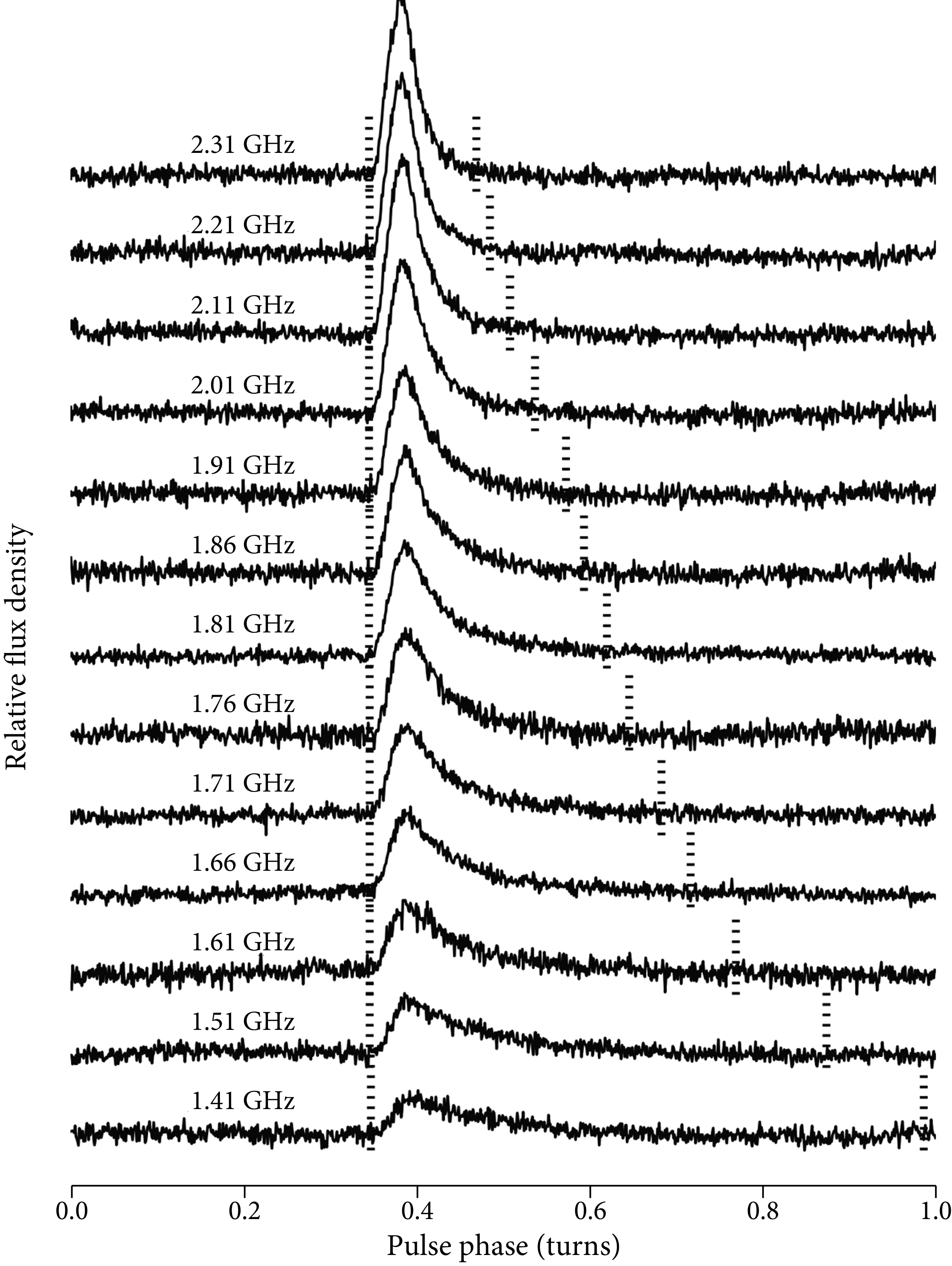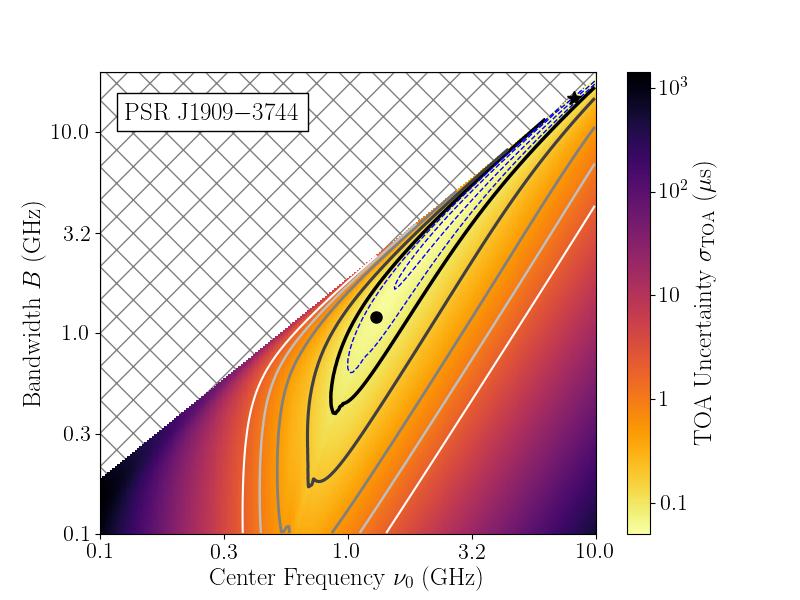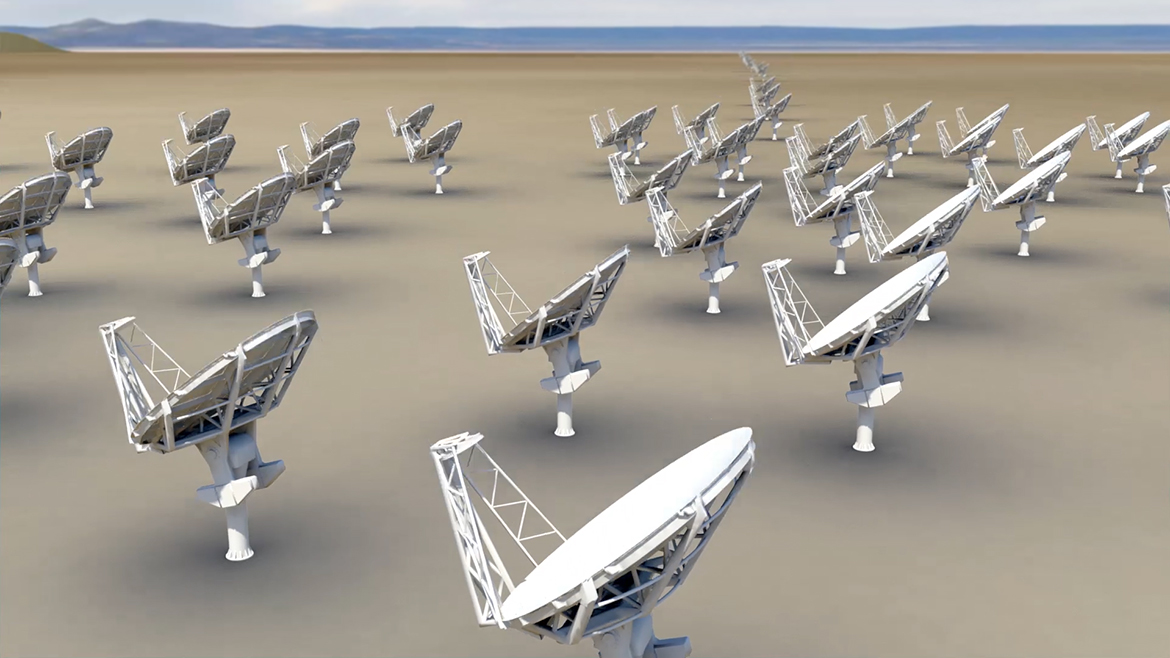Optimal Frequency Ranges for Sub-Microsecond Precision Pulsar Timing
by members of the NANOGrav Collaboration; corresponding author: Michael T. Lam.
Published in The Astrophysical Journal, June 26th 2018.
In order to fully optimize our current and future telescope observations of pulsars for precision timing experiments, we developed a comprehensive framework for determining pulse arrival-time uncertainties as a function of radio frequency and bandwidth. The optimal observing strategy is telescope- and pulsar-dependent. We examined several pulsars observed by the North American Nanohertz Observatory for Gravitational Waves (NANOGrav) and find that many pulsars can benefit from observations performed at higher frequencies than those currently used, with larger bandwidths. Unintuitively, in many cases, increasing the bandwidth arbitrarily will not improve the arrival-time precision we can obtain. Building this framework into pulsar timing observations will be critical for reaching the maximum possible sensitivity for our science.
